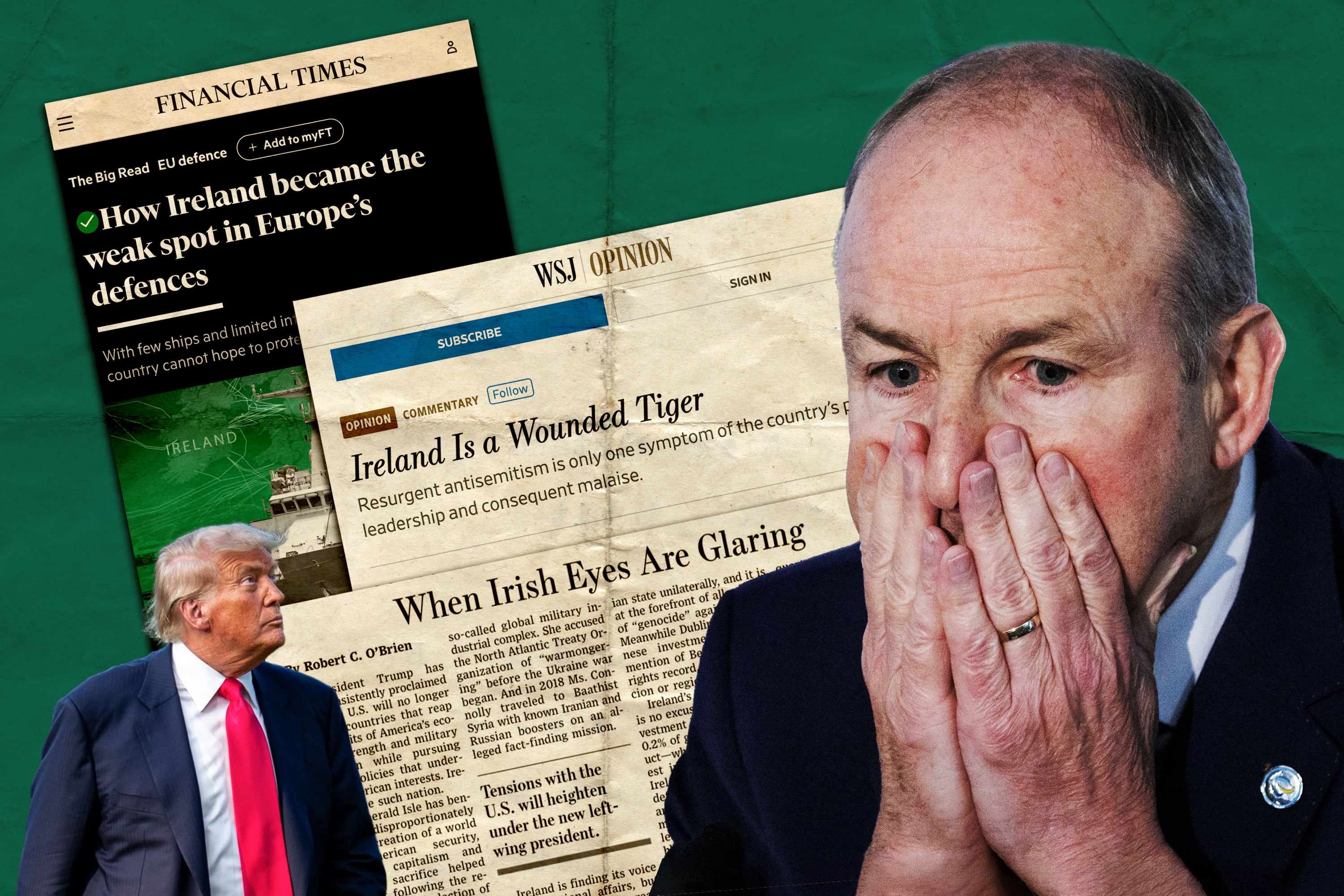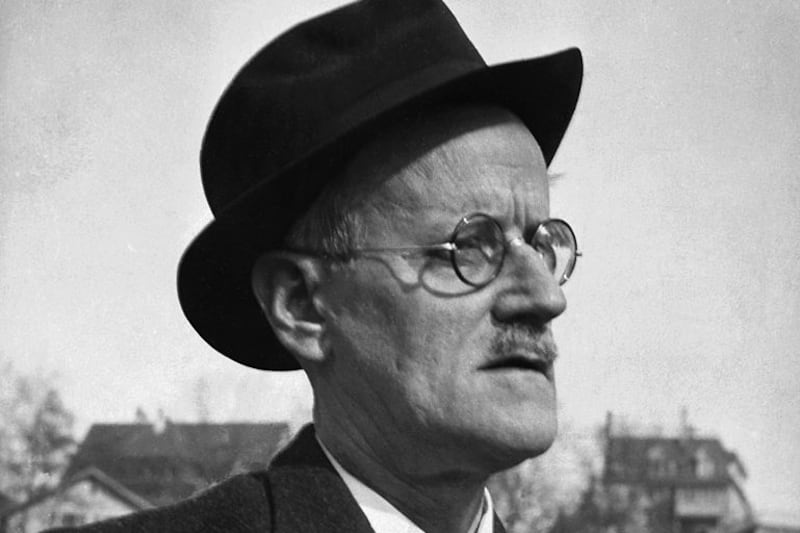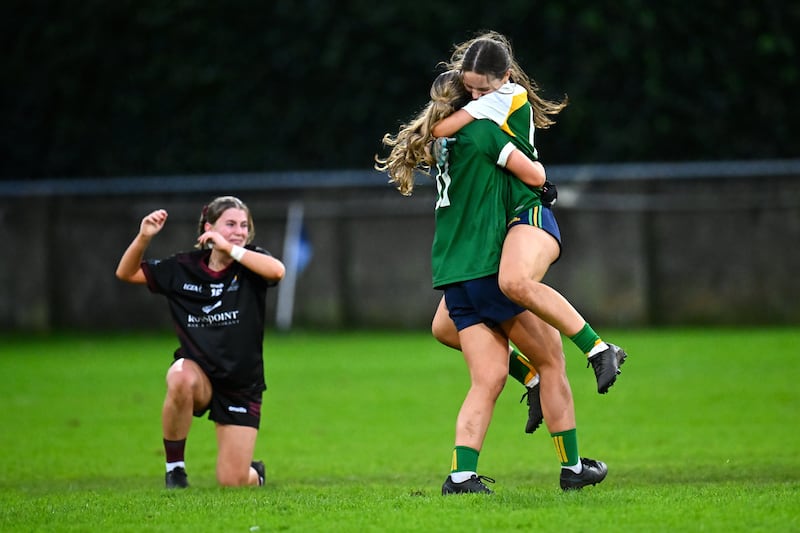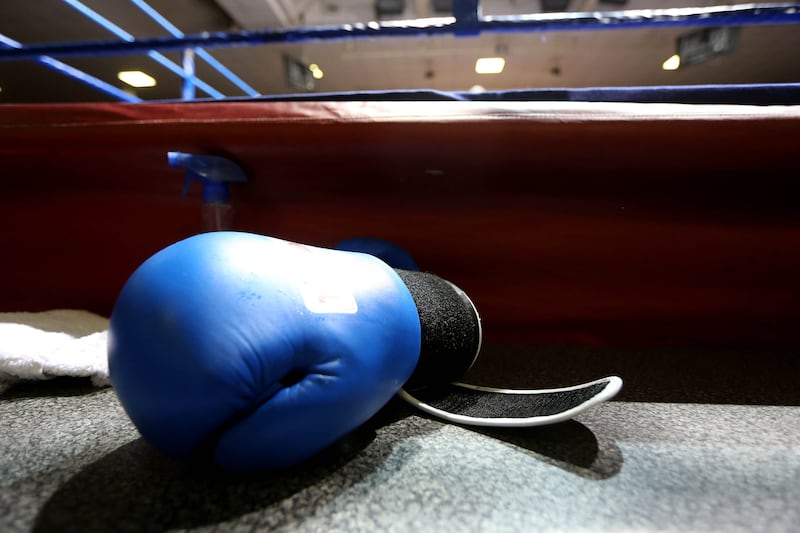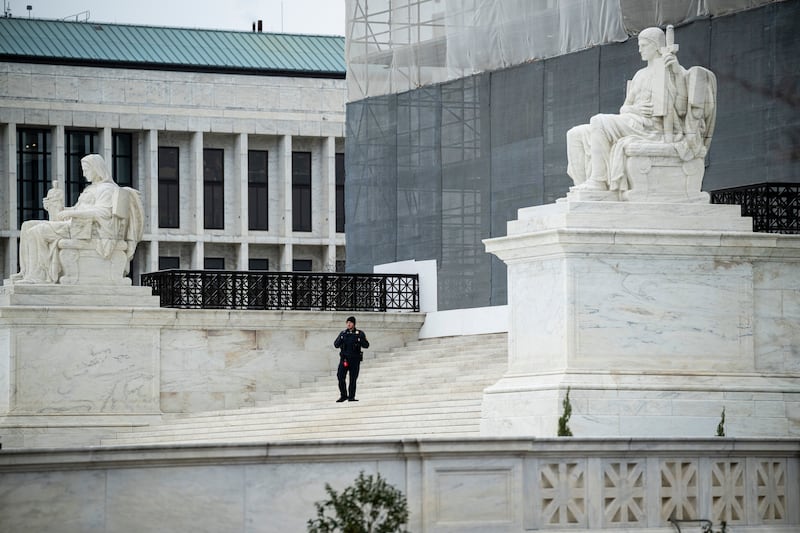There is no evidence that Red Hugh O’Donnell ever set foot in the Spanish city of Valladolid, but its residents have claimed him as one of their own.
Thousands took to the streets of the city on Friday to witness the mock funeral of an Irish chieftain, who died aged just 29 in Simancas Castle in September 1602 while waiting for an audience with King Philip III who was then based in Valladolid.
In 2020, when the world was shut down because of Covid-19, the city of Valladolid undertook an archaeological dig searching for Red Hugh’s remains. They didn’t find a body, but they found an affinity with a man who fled Ireland after the catastrophic defeat at the Battle of Kinsale in 1602, a defeat that marked the end of Gaelic Ireland.
At that time Valladolid was the capital of Spain, a fact that many Spanish people have forgotten, remarked the chairman of the Hispano-Irish Society, Carlos Burgos, who instigated the mock funeral.
RM Block
The original funeral for Red Hugh was also a funeral for any hope of further intervention by the Spanish crown in liberating Ireland from the English.
Red Hugh had initial success in persuading King Philip III to send another expeditionary fleet and army from Spain, but the inexperienced king was overruled by his advisers. Still, Red Hugh did not give up hope. He waited at Simancas Castle outside Valladolid for another meeting with Philip, but died tragically and too young. Reports differ as to the cause of death. It may have been a ringworm infection or poisoning at the hands of a traitor named William Blake.
The mock funeral began at dusk, with the placing of an Érin go Bragh flag and the old Spanish flag – the red, jagged Cross of Burgundy – on Red Hugh’s coffin.
It was followed by a reading of Red Hugh’s last will and testament in Spanish and English. It begins: “In the name of God, amen. Let these who shall see this last will and testament know that I, Lord O’Donnell of Ireland, being in bed, infirm in body of that illness, make my said testament in the following manner.”
The crowds were already five deep at the entrance to the Royal Palace in Valladolid as they waited patiently for the coffin to emerge. The parade included women in period dresses and dogs that symbolised the Irish wolfhound. The hearse was surrounded by pallbearers carrying lit torches.
The funeral cortege took the exact route from the Royal Palace to the site where the Old Franciscan monastery once stood. Within it was the Chapel of the Wonders, where Red Hugh was buried, as was, before him, Christopher Columbus for a time. The site is marked by a plaque in English and Spanish.
Large crowds also gathered at the site where there were speeches from the mayor of Valladolid, Jesús Julio Carnero, and the Irish ambassador to Spain, Frank Smyth.
Mr Smyth said Red Hugh had been a refugee fleeing unrest in his country and was able to avail of the generosity of the Spanish people at the time. Piper Jim O’Neill, who led the parade, played the Irish national anthem, a Spanish band the Spanish national anthem and proceedings ended with the playing of O’Donnell Abú.
On Saturday morning the same piper greeted Irish visitors to Simancas Castle with another rendition of the same tune. Simancas Castle is a major archive of the Spanish state. Red Hugh’s last will and testament was placed on display along with a 1599 letter from Red Hugh and Hugh O’Neill requesting the support of the Spanish king during the Nine Years’ War.
In an adjacent room a much more ambivalent picture of Spanish-Irish relations emerged. Author Pedro Luis Chinchilla recounted the terrible fate of the prisoners of the Spanish armada after their ships were wrecked in gales off the north and west coasts of Ireland in 1588
Of the 1,650 Spanish prisoners who landed on Irish shores, some 1,100 of them were executed on the orders of Lord Deputy William FitzWilliam and Lord President Richard Bingham. Worse still, many Irish chieftains co-operated with the English, though others helped the Spanish. Mr Chinchilla said that Red Hugh’s grandfather Hugh O’Donnell caused, or at least permitted, 300 men of the Spanish navy to be killed in Co Donegal.
Mr Chinchilla will be one of the speakers at a four-day conference next weekend in Co Sligo and Co Donegal entitled Remembering the Armada.
- Sign up for push alerts and have the best news, analysis and comment delivered directly to your phone
- Join The Irish Times on WhatsApp and stay up to date
- Listen to our Inside Politics podcast for the best political chat and analysis


